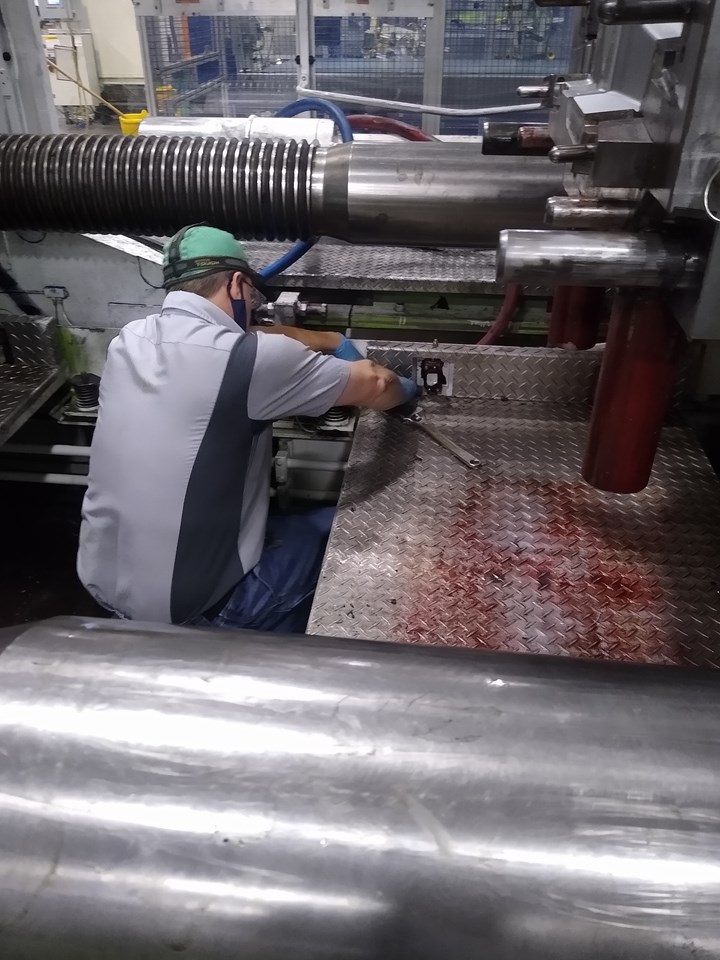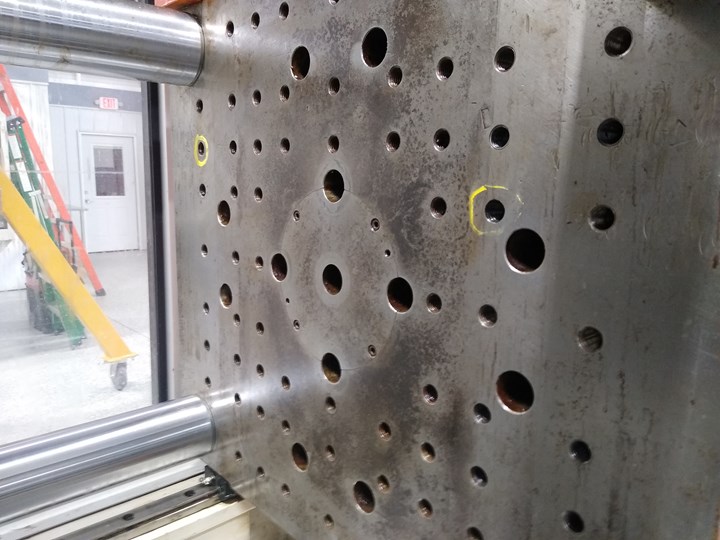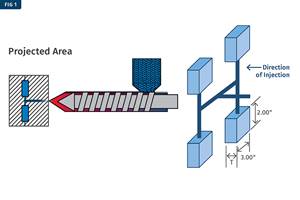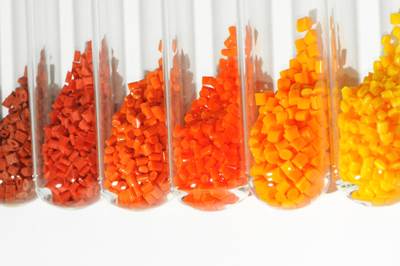Injection Molding: Focus on these Seven Areas to Set a Preventive Maintenance Schedule
Performing fundamental maintenance inspections frequently assures press longevity and process stability. Here’s a checklist to help you stay on top of seven key systems.
It is impossible to mold parts without a working injection machine. This is something that molders can state with absolute clarity. Yet, there are still many companies that follow a “run-parts-until-the-machine-breaks-down” approach. The question we must ask ourselves is why?
Unplanned maintenance is costly. In these instances, the discussion and development of repair plans occurs with the press sitting idle. Replacement parts need to be located, assuming they are in-house at all. If no replacement parts are available, searching for and ordering components from part vendors becomes necessary. Then, if production demands it, delivery of those parts may need to be expedited, at a hefty cost.
Looming in the distance is the potential that your interruption could cause a shutdown at the customer. Will we have to perform an unscheduled mold change if we have another press available? Doing so could be incredibly costly in terms of time and money.
Preventive maintenance schedules do not have to be cumbersome. The maintenance department is certainly busy, but there are some fundamental steps of inspection. Once implemented, preventive inspections reduce downtime and the costs associated with unplanned events. This article will outline five key systems that require regular review for wear and disrepair.

Application of safety interlocks is paramount for safer preventive-maintenance work between the platens.
1. Hydraulic Oil
Hydraulic-oil levels and oil integrity are key to proper machine function. Low oil can lead to poor machine performance and pump breakdowns. Oil levels should be checked weekly to ensure oil level is correct and consistent. Beyond that, send oil samples to the lab every four months to verify oil cleanliness and performance.
The screw should be pulled once a year to inspect the shank, flights and barrel I.D. against the screw manufacturer’s recommended dimensional requirements.
2. Screw & Barrel
Screw and barrel performance is critical to standardized processes. Verify that fill time, cushion, screw recovery and peak pressures remain consistent. Fluctuations in key process-control variables can be a sign of a wearing barrel, screw or check ring. The screw should be pulled once a year to inspect the shank, flights and barrel inner diameter against the screw manufacturer’s recommended dimensional requirements.
3. Heater Bands
Heater-band performance is crucial to press operation and a repeatable process. Remove the guard to inspect heater performance using a meter with a steel temperature probe. Monitor temperature fluctuations and average steel temperature across all bands. Measuring continuity of a band does not always reveal a poorly performing band. Also look for wires that can get “dipped” during purge events to prevent unneeded band changes.
4. Heat Exchanger
The heat exchanger controls oil temperature. It’s imperative that it be kept in good working condition to avoid oil overheating, which can lead to o-ring and seal failures. It is good practice to descale the heat exchanger annually with a mild acid wash to prevent scale buildup. Do a bench inspection of the coils to assure they are not wearing out. Coil failures can lead to water being mixed in the oil.
5. Electrical Cabinet
Poor cabinet conditions can lead to electrical failures or fires. Keep the cabinet free of debris and oil. Clean and inspect fan assemblies to keep the cabinet cool. Wipe down circuit boards with a dry cloth. Check the tightness of terminals, while inspecting for signs of burning or arcing.
6. Hydraulic Assemblies
Hydraulic pumps, valves and hoses are key components of press function, and should be inspected frequently for signs of leaks. Keep hydraulic assemblies and areas clean and free of leaking oil and debris to help pinpoint valves showing signs of worn o-rings. Inspect hoses for signs of wear and weeping. Inspect hose couplings for signs of damage, leaking and tightness. Take time to listen to the pumps as they run. Any strange sounds may need to be noted and investigated further.
Applying these benchmarks can reduce the frequency of unplanned downtime, increase the productivity of your operation and raise your profit margins.
7. Platen Components
Platen condition and functionality are paramount to setup and processing requirements. Platen holes should be routinely inspected for damage. Holes should be re-tapped to recondition the threads. Stripped platen holes should be clearly marked with a paint marker to be added to planned maintenance. Stone the platens between mold changes to keep them free of burrs.
Regularly inspect bushings, tiebars and linkages for proper behavior and operation. Any signs that the lubrication system is not operating properly should be addressed quickly to prevent components from wearing or breaking prematurely.

Make platens part of your routine preventive-maintenance checklist, marking stripped platen holes to be re-tapped during planned maintenance.
Preventive-maintenance inspections do not have to be complex to provide beneficial effects to your overall maintenance approach. Applying the benchmarks noted above can not only reduce the frequency of unplanned downtime. It can increase the productivity of your operation and raise your profit margins.
ABOUT THE AUTHOR: Garrett MacKenzie is the owner/editor of plastic411.com, as well as a consultant/trainer in plastic injection
molding. He has provided process-engineering expertise to many top companies, including Glock, Honda, Johnson Controls and Rubbermaid.
Garrett also owns Plastic411 Services, which provides maintenance & training support to Yanfeng Automotive Interior Systems, IAC, Flex-N-Gate and other top automotive suppliers. Contact:
garrett@plastic411.com.
Related Content
Got Streaks or Black Specs? Here’s How to Find and Fix Them
Determining the source of streaking or contamination in your molded parts is a critical step in perfecting your purging procedures ultimately saving you time and money.
Read MoreOptimizing Pack & Hold Times for Hot-Runner & Valve-Gated Molds
Using scientific procedures will help you put an end to all that time-consuming trial and error. Part 1 of 2.
Read MoreBack to Basics on Mold Venting (Part 1)
Here’s what you need to know to improve the quality of your parts and to protect your molds.
Read MoreIs There a More Accurate Means to Calculate Tonnage?
Molders have long used the projected area of the parts and runner to guesstimate how much tonnage is required to mold a part without flash, but there’s a more precise methodology.
Read MoreRead Next
Put Out the Production Fire Once and For All
Plastics production rides a fine line when the goals of low scrap, high yields and sustainable, repeatable systems are being developed.
Read MoreQuick Changeover: The 3-to-7-Minute Color Change
Step 1: Assessment—These questions must be asked during the development of fast changeover procedures.
Read More



















